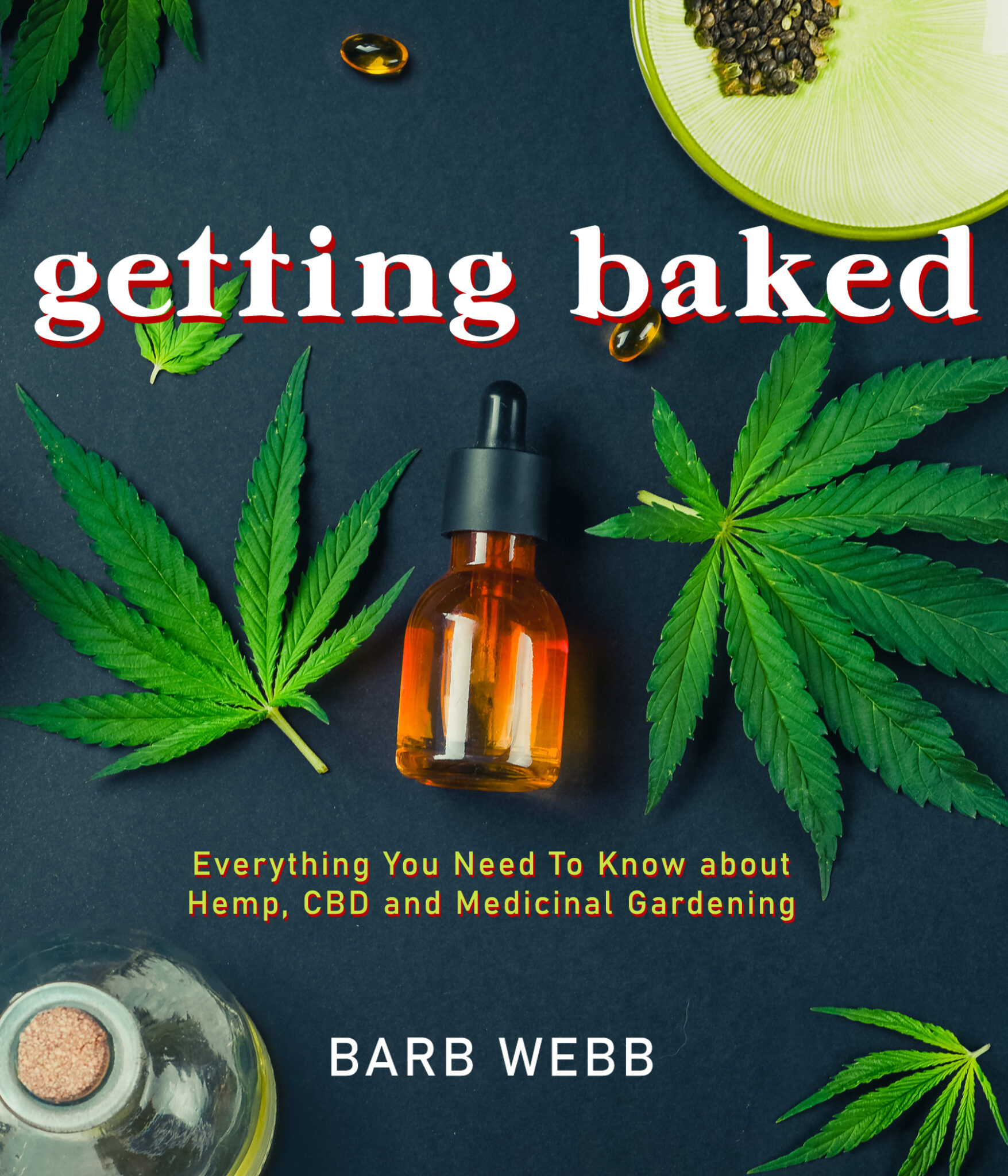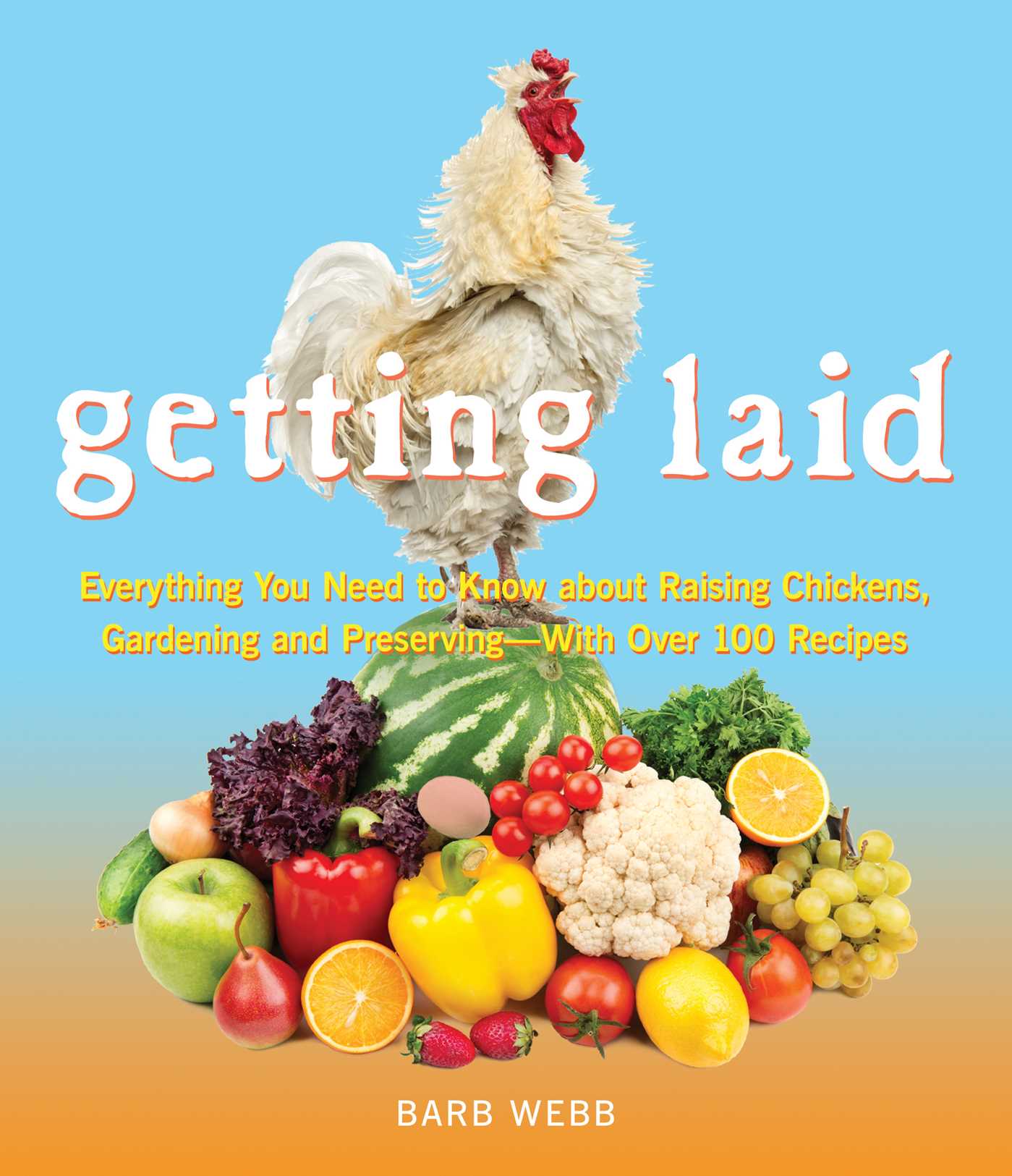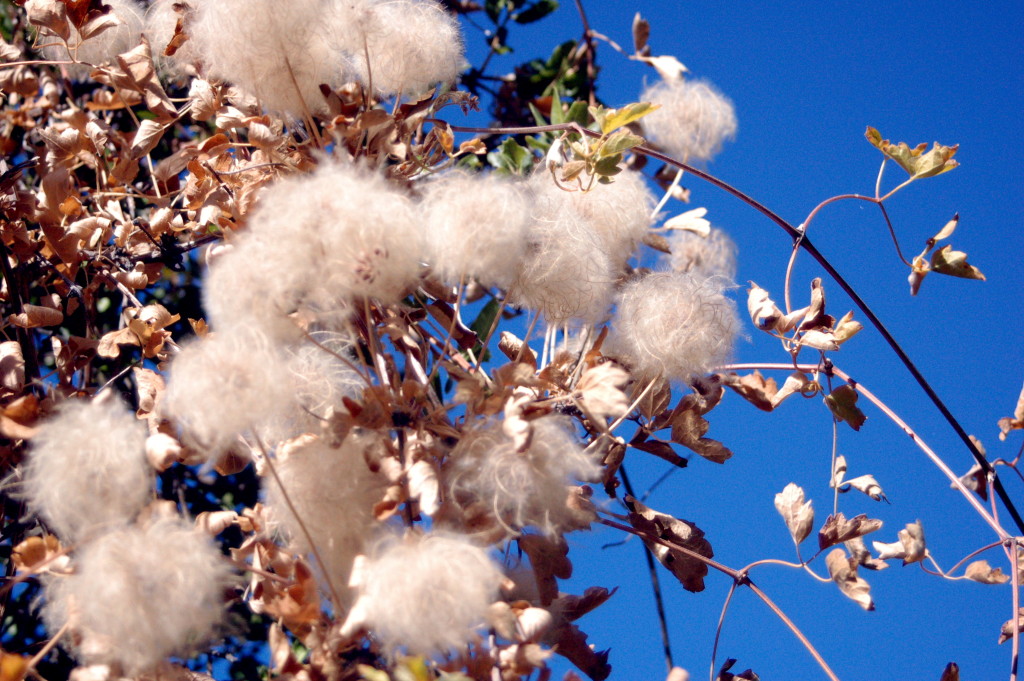Fair trade cotton indicates the product has been certified through an appropriate regulating institution. The idea is to ensure farmers and laborers a fair and livable wage in exchange for their work. Increasingly, businesses on the global stage are looking for the cheapest labor and raw materials. Unfortunately, sometimes that means taking advantage of laborers in countries with no minimum-wage laws. As a result, the fair trade movement was born.
What Is Fair Trade?
Simply put, fair trade is an organized social effort to provide small farmers a minimum price for their harvests. This extends to many crops beyond cotton such as coffee, sugar and wine. Generally, the movement will focus on products and commodities that are exported from developing to developed countries. The hope is to create a more effective dialogue and a higher degree of respect between all trading partners.
Global Reach
Fair trade networks include the Fair Trade Labeling Organizations International, the World Fair Trade Organization, and the European Fair Trade Association. In particular, fair trade cotton producers include over seven million farmers and families and more than 600 groups. West Africa and India are the largest exporters of certified cotton, but many other countries also contribute to the cause including:
• Kenya
• Zimbabwe
• Morocco
• Brazil
• Peru
• Kyrgyzstan
There is no real difference in the quality of the cotton. However, consumers can rest easy knowing their purchase results in a fair wage for everyone involved in the production of raw materials.
Market Share Limitations
The extension of fair trade certification to cotton was a big move for international organizations, because the supply chain is so intricate. For example, coffee is harvested, roasted and shipped, but cotton must be processed into a usable material like yarn or thread. Though the sale of certified products in this sector has grown recently, fair trade cotton only makes up a small portion of the overall cotton market. As such, some farmers are working against the infrastructure by receiving certification.
Fair Trade Standards
Licensing organizations do not certify or deal with the production of cotton items. They focus on the raw materials and those involved at that level of the textile industry. Farm overseers and managers must meet established labor guidelines. For products to qualify, they must be made entirely of fair trade cotton. This generally results in higher prices down the line, but it is a reasonable exchange for the sake of a farmer’s livable wage.
Changes in Pricing
Despite the fluctuation of market prices for raw materials and finished products, farmers are guaranteed a stable minimum price. This figure is determined after observing the average cost of production. Should market prices rise above this lower limit, the farmer is paid the market price. The safeguard comes into play when the market price plummets. At this point, farmers will at least be paid the cost of production to ensure they can maintain farming operations.
Consumers like you are urging large corporations to change their practices to match social concerns. Consequently, international fair trade organizations were created to regulate this aspect of the global economy. The process is not perfect, but great strides have been taken to improve labor practices and the life of small farmers around the globe.




